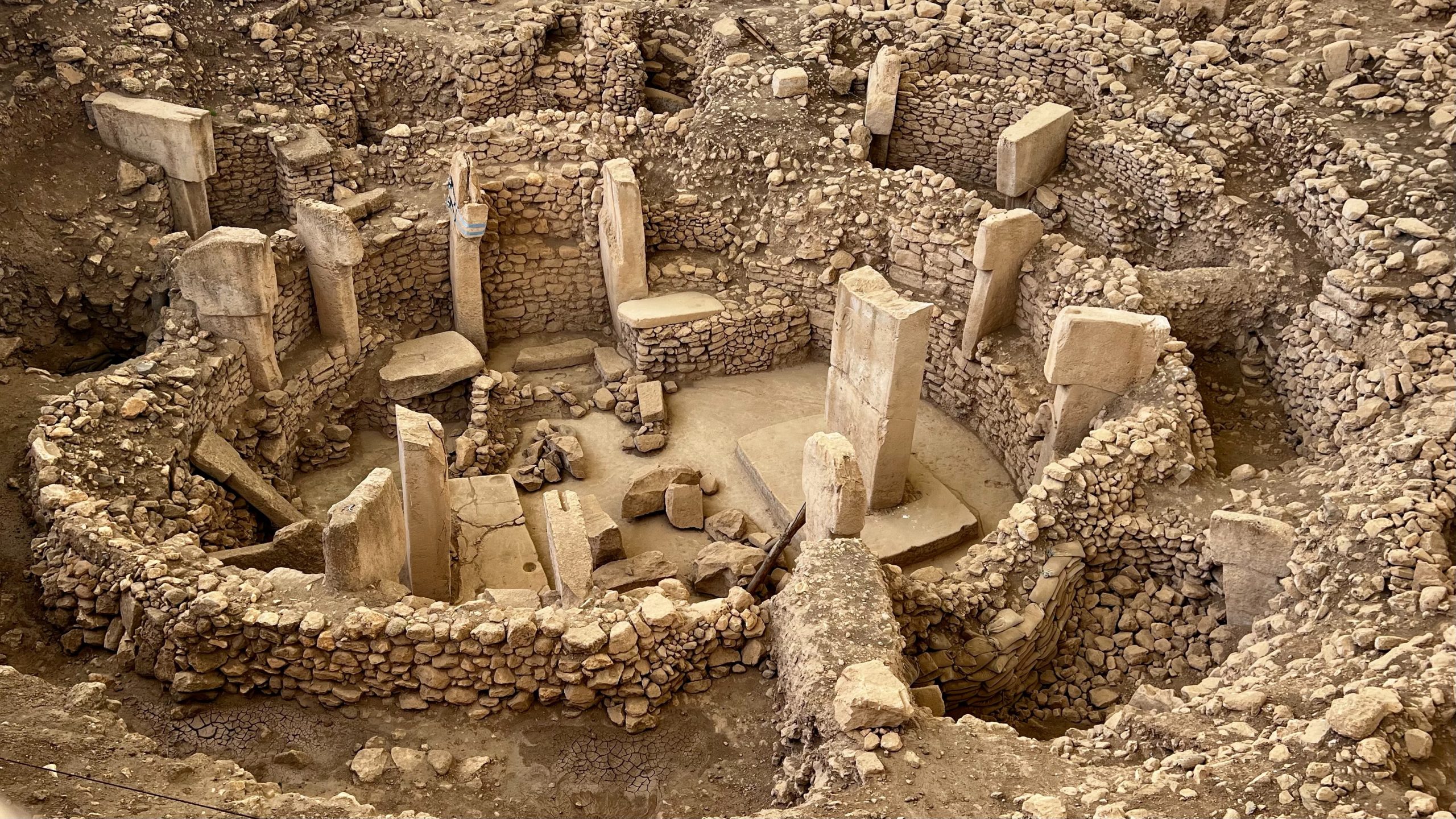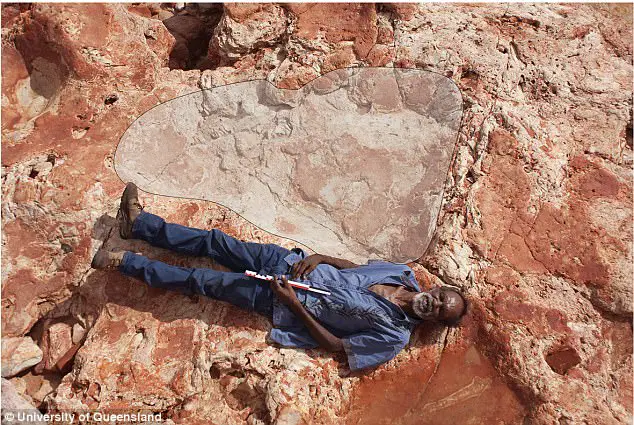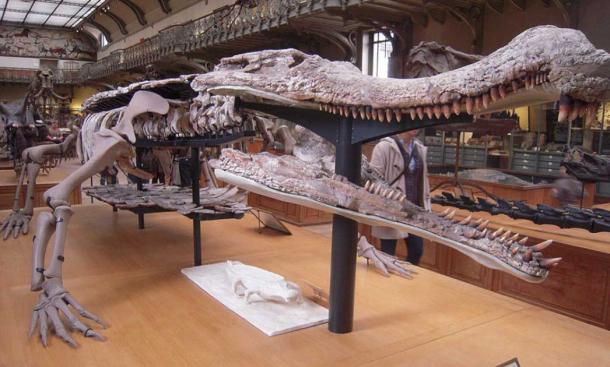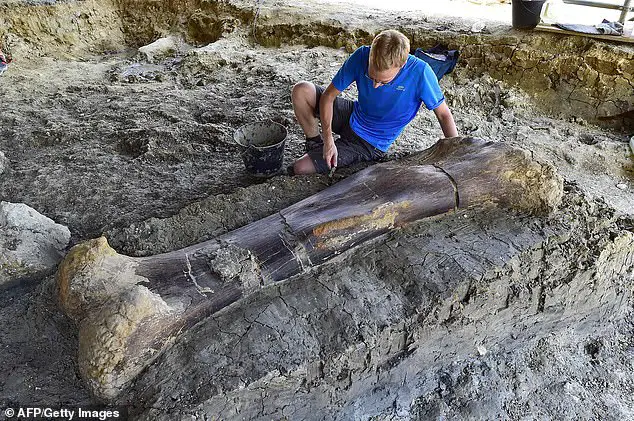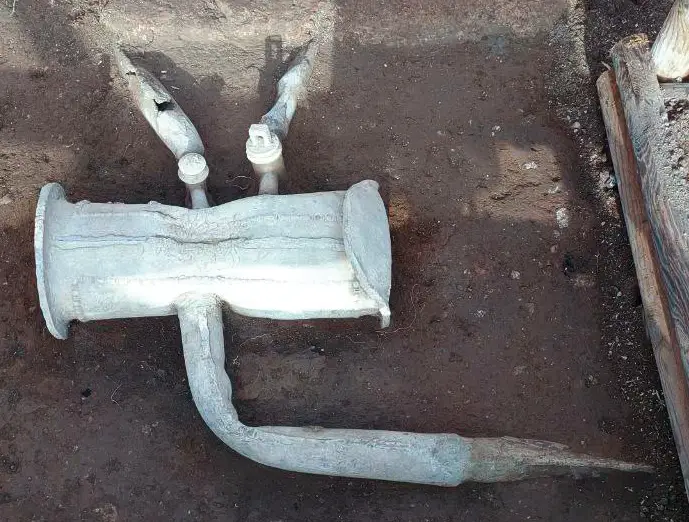Introduction: Gobekli Tepe in southeastern Turkey is home to one of the world’s most astonishing archaeological sites. Its massive stone pillars, carved and erected by ancient peoples more than 10,000 years ago, offer an excellent perspective on the capabilities and ingenuity of early human civilizations.
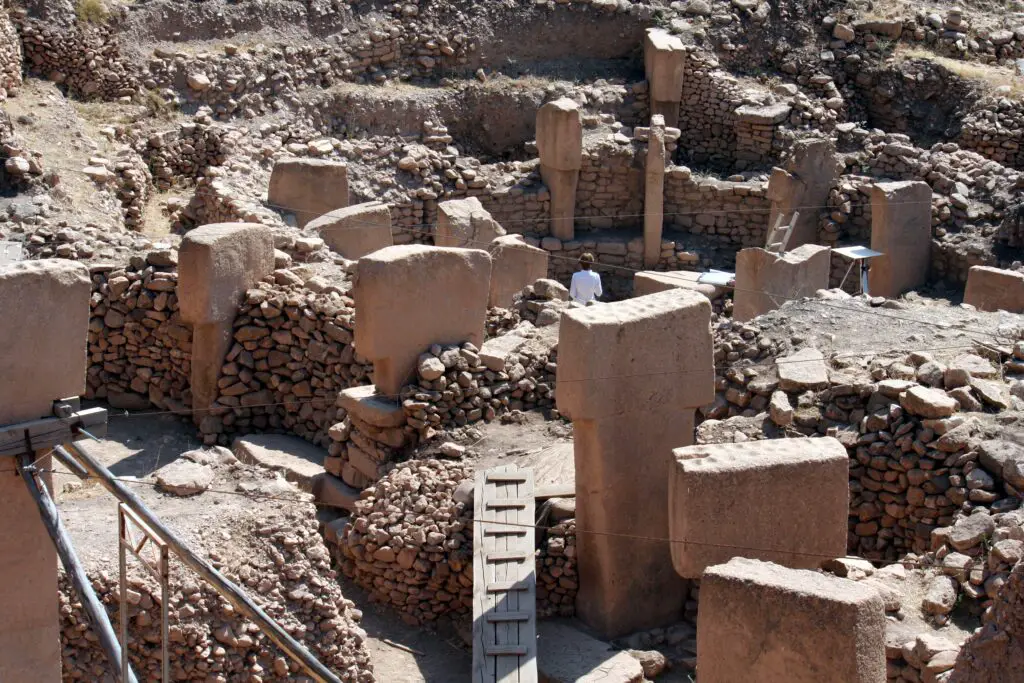
The Site’s Historical Significance: Discovered in the late 20th century, Gobekli Tepe predates Stonehenge by several millennia. It’s considered one of the earliest examples of monumental architecture, challenging our understanding of prehistoric hunter-gatherer societies.
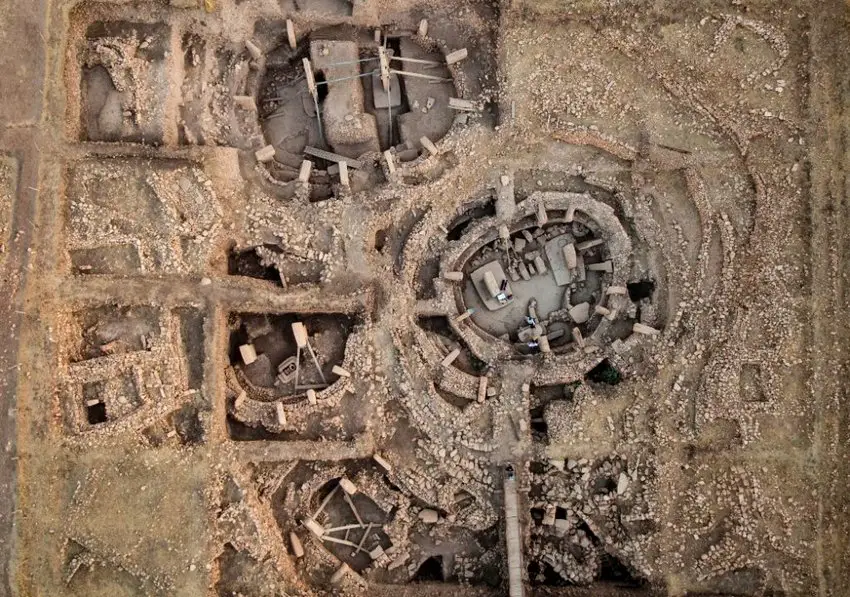
The Magnitude of the Pillars: The pillars at Gobekli Tepe, some reaching heights of up to 20 feet and weighing several tons, are not just impressive in their size but also in their intricate carvings of animals and abstract symbols.
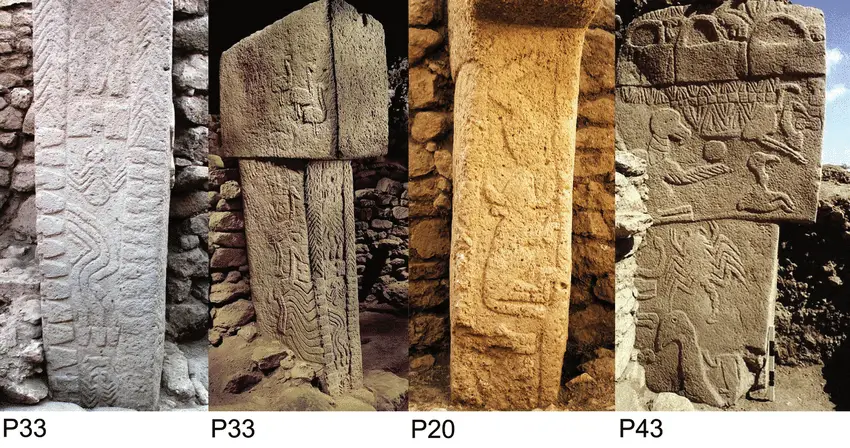
Engineering Marvels: The construction of these pillars, without the aid of modern tools or technology, demonstrates the exceptional skill and knowledge of the people who built them. It raises intriguing questions about the organization of prehistoric societies and their capabilities.
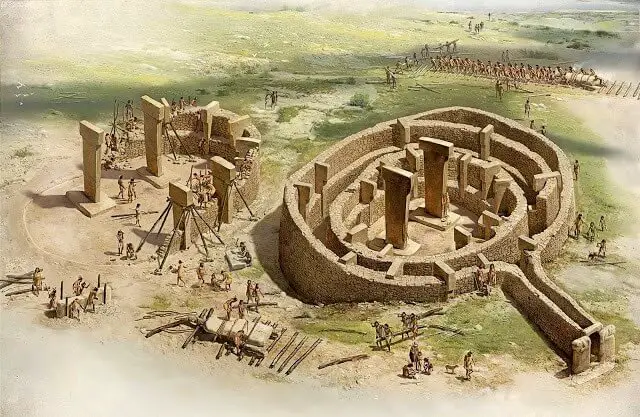
Cultural and Astronomical Insights: Researchers believe Gobekli Tepe was not just an architectural feat but also served a ceremonial or astronomical purpose. The alignment of the pillars suggests a deep understanding of the movements of celestial bodies.
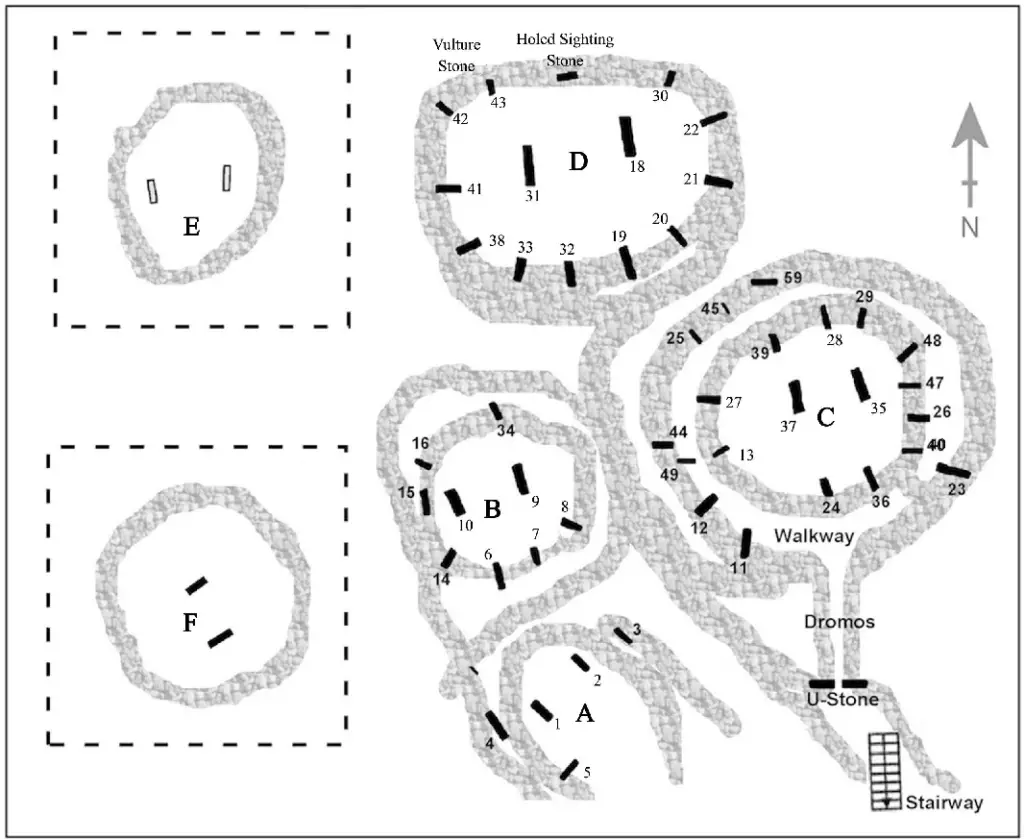
Ongoing Excavations and Discoveries: Archaeologists continue to unearth new findings at Gobekli Tepe, each providing more insight into this enigmatic site and the people who created it.
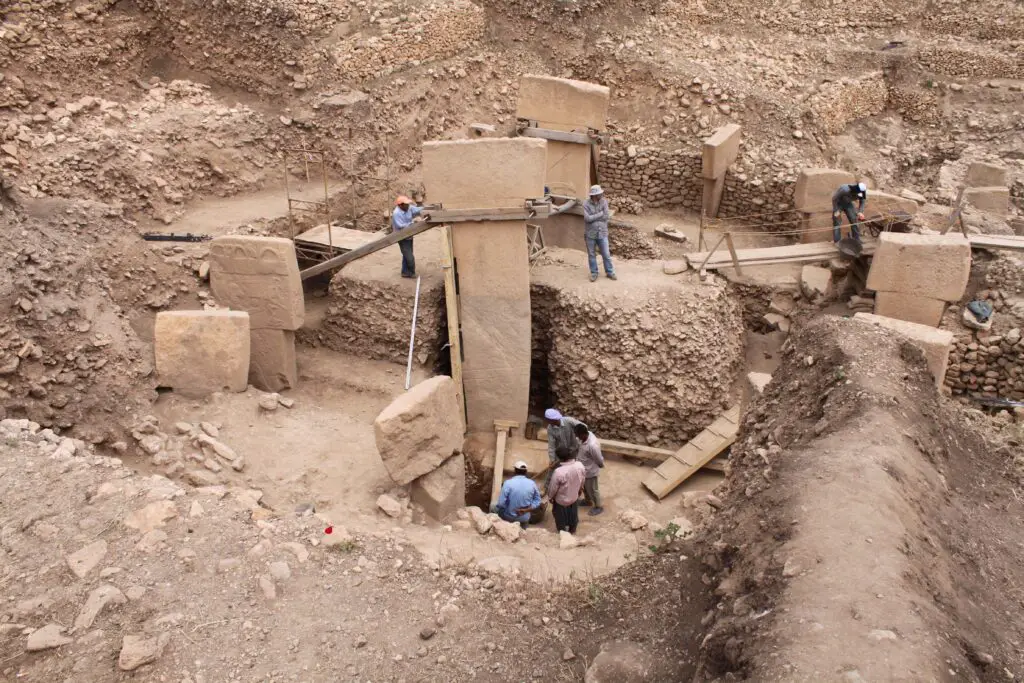
Conclusion: Gobekli Tepe’s immense pillars stand as a monumental reminder of humanity’s ancient past, urging us to reconsider our understanding of early civilizations and their remarkable achievements.

